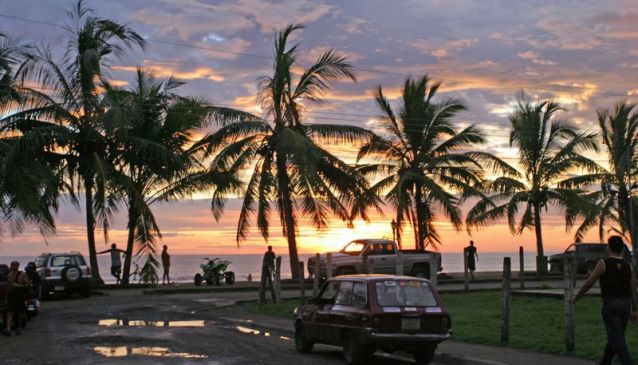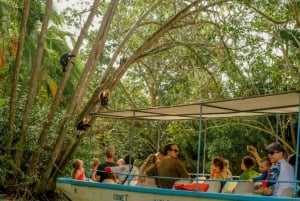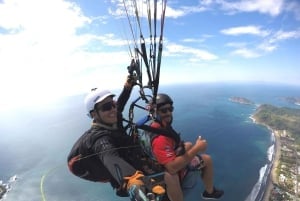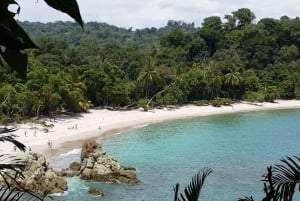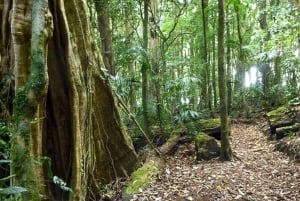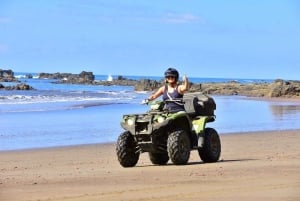Driving in Costa Rica
Curves can corkscrew down steep hills with no guardrails to save you from plunging hundreds of feet.
Book Top Experiences and Tours in Costa Rica:
If youʻre booking your trip to Costa Rica last minute, we have you covered. Below are some of the top tours and experiences!- Manuel Antonio: Damas Island Mangrove Boat Tour with Lunch
- Playa Tamarindo: Sunset Sailing and Snorkeling Tour
- Jaco: 1500ft Tandem Paragliding Flight with Beach Views
- Manuel Antonio National Park Combo Tour from San Jose
- Monteverde: Curi-Cancha Reserve Tour with Entry Ticket
So you just flew into Costa Rica on one of the major airlines. You have gone through customs, picked up your luggage and are ready to head out on your first Costa Rican adventure. So far things have seemed very similar to the way it is in your home country. The lines, the process, the wait, all seemed standard. Now it’s time to head outside and take advantage of Costa Rica services like catching a bus to the rental car agency. Once you have filled out all the paperwork you pull out of the parking lot. Which way should we go? Which way is north? Where is the beach? Where are we on this map?
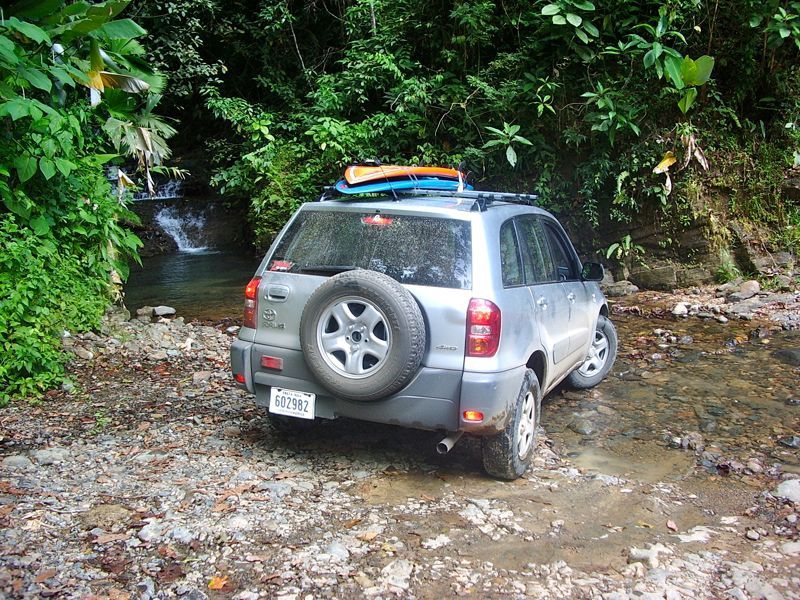
On top of these nuances, there are almost no street signs in Costa Rica and the ones that are visible do very little in the way of helping you understand where you are and where you need to be. When receiving an address in Costa Rica you are likely to get something along the lines of 200 meters west of the hospital and 50 meters south of the McDonalds. That would work if you were familiar with the area, but otherwise it does little to help until you stumble across one of the landmarks.

We haven't told you these things to discourage you from visiting Costa Rica, but we want you to be aware of what you are getting into as a driver. If you have a bad sense of direction, or are not the most competent and comfortable person behind the wheel, there are other ways to travel through Costa Rica. Private and Public transfers are great travel options that allow you to sit back and enjoy the ride while someone else pilots the vehicle. Flying to regional airports is yet another way to get to different areas of the country without having to brave the roads. Costa Rica has small regional airports close to most tourist destinations. You can rent a car from there or do the transfer or taxi thing.


